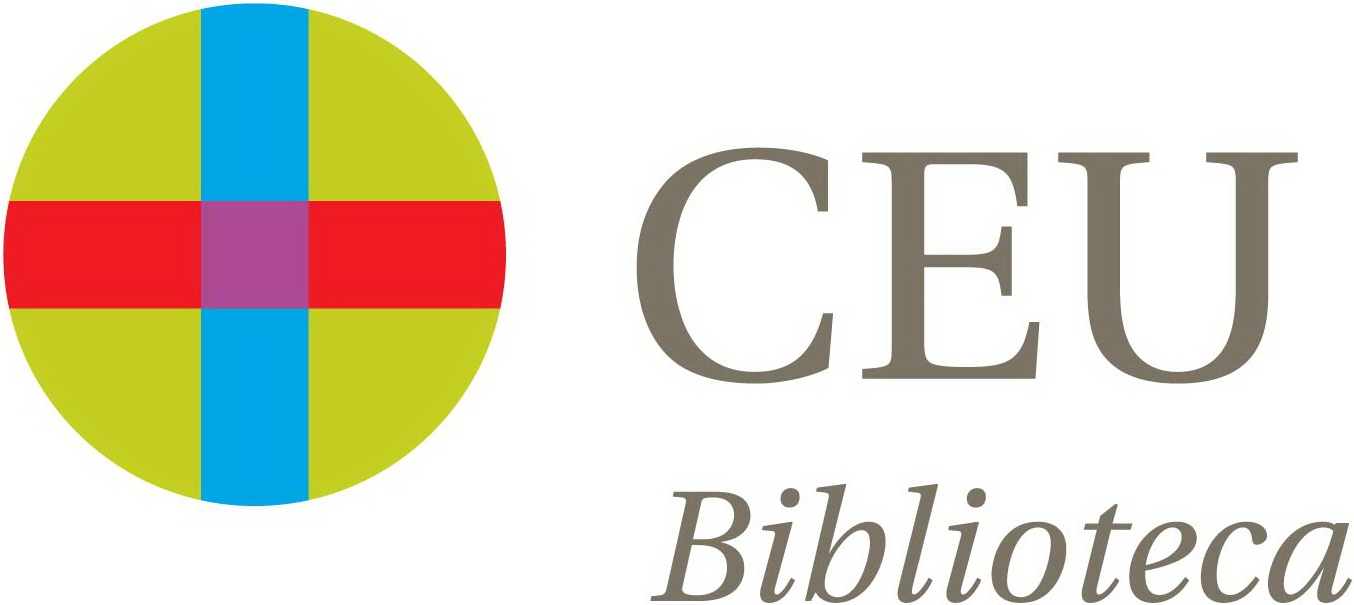Por favor, use este identificador para citar o enlazar este ítem:
http://hdl.handle.net/10637/15113Registro completo de metadatos
| Campo DC | Valor | Lengua/Idioma |
|---|---|---|
| dc.contributor.other | UCH. Departamento de Medicina y Cirugía Animal | - |
| dc.contributor.other | Producción Científica UCH 2023 | - |
| dc.creator | Busechian, Sara | - |
| dc.creator | Conti, Maria Beatrice | - |
| dc.creator | Sgorbini, Micaela | - |
| dc.creator | Conte, Giuseppe | - |
| dc.creator | Marchesi, Maria Chiara | - |
| dc.creator | Pieramati, Camillo | - |
| dc.creator | Zappulla, Francesco | - |
| dc.creator | Vitale, Valentina | - |
| dc.creator | Rueca, Fabrizio | - |
| dc.date.accessioned | 2024-01-25T11:31:19Z | - |
| dc.date.available | 2024-01-25T11:31:19Z | - |
| dc.date.issued | 2023-07 | - |
| dc.identifier.citation | Busechian, S., Conti, M.B., Sgorbini, M., Conte, G., Marchesi, M.C., Pieramati, C., Zappulla, F., Vitale, V. & Rueca, F. (2023). A comparison of the efficacy of two Omeprazole formulations in the treatment of Equine Gastric Ulcer Syndrome in racehorses: a blinded, randomized clinical trial. Journal of Equine Veterinary Science, vol. 126, art. 104296 (jul.). DOI: https://doi.org/10.1016/j.jevs.2023.104296 | es_ES |
| dc.identifier.issn | 0737-0806 | - |
| dc.identifier.uri | http://hdl.handle.net/10637/15113 | - |
| dc.description.abstract | Equine gastric ulcer syndrome (EGUS) is the most common disease of the stomach in horses and treatment is based on the oral administration of omeprazole for at least 28 days. Aim of this study was to compare the efficacy of two formulations of oral omeprazole—powder paste and gastro-enteric resistant granules—in the treatment of naturally occurring gastric ulcers in racehorses. Thirty-two adult racehorses, aged between 2 and 10 years old, with clinical signs of EGUS were included in this blinded, randomized clinical trial. Two gastroscopies were performed to evaluate gastric lesions in the squamous or glandular mucosa before and after 28 days of treatment. After the first gastroscopy, 2/32 horses were excluded because affected by equine squamous gastric disease (ESGD) 1/4. The remaining horses were divided into 4 groups, and were treated with 2 formulations of omeprazole (gastroenteric resistant granules, group 1, or powder paste, group 3) or with 2 placebo formulations (granules, group 2, or paste, group 4). Treatments were performed in the placebo horses affected by ESGD or equine glandular gastric disease after the T28 gastroscopy control. No differences were found between groups at T0. Differences were found between T0 vs. T28 for granular (P = .002) and powder paste (P = .01) formulations. No differences were detected between the two groups receiving omeprazole formulations at T28 (0.34) and between T0 vs. T28 for either of the groups receiving placebo treatments. For all the variables, the size of the effect was greater than 0.5, proving that the treatments had a considerable effect. Gastro-enteric resistant granules and powder paste omeprazole showed similar efficacy in the treatment of ESGD. The glandular mucosa responded poorly to treatment with omeprazole. | es_ES |
| dc.language.iso | en | es_ES |
| dc.publisher | Elsevier | es_ES |
| dc.relation.ispartof | Journal of Equine Veterinary Science, vol. 126 | - |
| dc.rights | Open Access | - |
| dc.rights | http://creativecommons.org/licenses/by/4.0/deed.es | - |
| dc.subject | Medicamento | es_ES |
| dc.subject | Drugs | es_ES |
| dc.subject | Caballos | es_ES |
| dc.subject | Horses | es_ES |
| dc.subject | Enfermedad animal | es_ES |
| dc.subject | Animal diseases | es_ES |
| dc.subject | Terapia | es_ES |
| dc.subject | Therapy | es_ES |
| dc.subject | Sistema digestivo | es_ES |
| dc.subject | Digestive systems | es_ES |
| dc.title | A comparison of the efficacy of two Omeprazole formulations in the treatment of Equine Gastric Ulcer Syndrome in racehorses: a blinded, randomized clinical trial | es_ES |
| dc.type | Artículo | es_ES |
| dc.identifier.doi | https://doi.org/10.1016/j.jevs.2023.104296 | - |
| dc.centro | Universidad Cardenal Herrera-CEU | - |
| Aparece en las colecciones: | Dpto. Medicina y Cirugía Animal | |
Los ítems de DSpace están protegidos por copyright, con todos los derechos reservados, a menos que se indique lo contrario.

